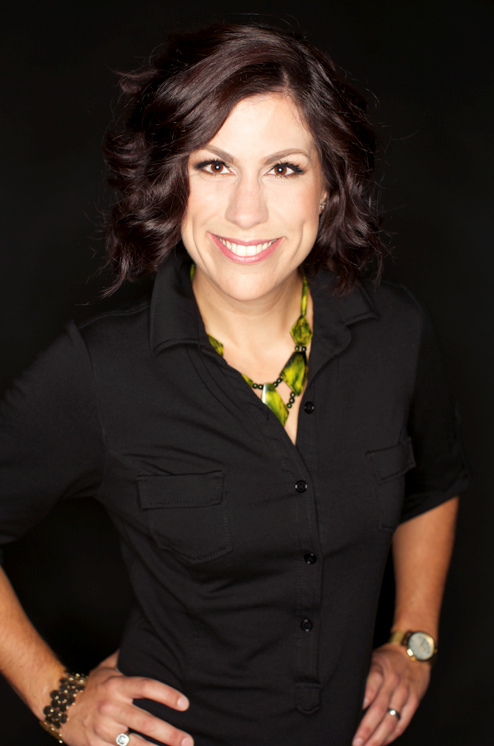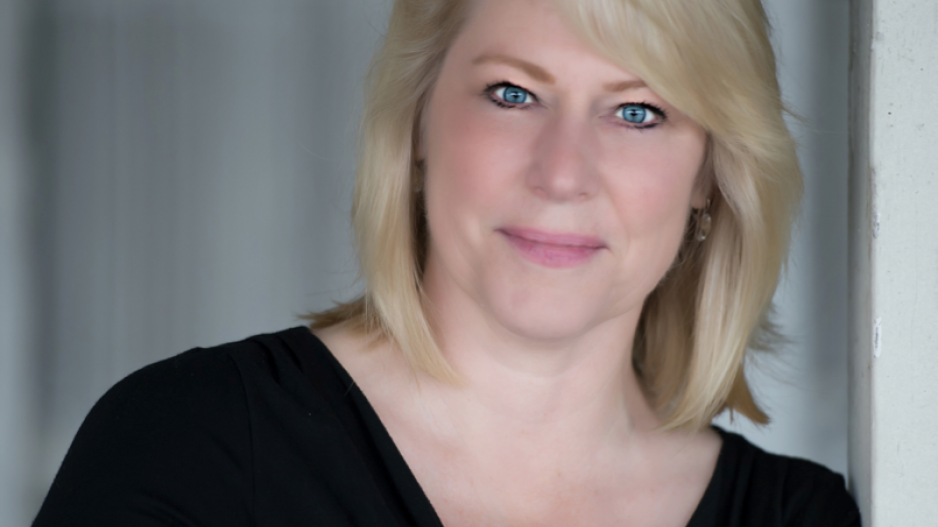When it comes to event planning, “Expect the unexpected” can be a planner’s mantra. Another might be “Don’t freak out.”
Genève McNally, co-founder of DreamGroup Productions in Vancouver, has 17 years of experience in large event planning. She recalls one event for 300 where tables were named rather than numbered and the floor plan was misread, causing key guests to be put at the back of the room.
“They had actually set up the room backwards,” McNally says. “I looked at the room and I looked at my assistant and the blood just drained out of my head.”
Taking charge, she went up to the patrons to explain the situation and had venue staff circle each table with trays to escort the guests to switch the tables. The change went off without a hitch, but McNally still insisted on giving a refund for the cost of her time for the day.
“Admit fault” is the lesson she conveys, even though she had done all the arrangements properly.
In another scenario, information was forwarded to a DJ to ensure the music for the event was aligned with what the client wanted, but the information was never received.
“I made a note on my checklist to talk to the DJ to ensure he got my email.” Unfortunately they were talking about different emails and the wrong music was played.
“There was a huge learning lesson there,” she says. “And it has never happened to me again.”

Genève McNally, co-founder, DreamGroup Productions: admit fault and offer a refund to maintain good client relations | Submitted
Being realistic about timing is also key for success, McNally says.
“Just because you think certain things can happen in a certain time frame doesn’t mean that it can. For example, how long will it take to clear 300 plates, realistically?”
In McNally’s emergency tool box: Band-Aids, chalk, clear nail polish, extension cords, duct tape and batteries.
Being realistic about timing is echoed by Olivia Pilip, owner of Boutique Events in Edmonton.
She had one client who brought a hockey player in to an event wanting the player to sign 500 jerseys in half an hour.
“Often clients don’t understand how much time things take so you need to educate them,” she says. “You never want them to think you don’t want to take on hard events, but you don’t want to over-promise and under-deliver. You have to be realistic.”
Identifying the primary goal of an event can prevent getting sidetracked with things that would be “great” but not essential, especially when time is critical, she adds.

Olivia Pilip, owner, Boutique Events, Edmonton: "You need to be unflappable. You can freak out in your head but you can't show it"
Pilip also emphasizes the importance of being transparent in your plans. One organization she worked with had planned fireworks and ice-climbing events that they wanted to be a surprise, but they hadn’t counted on the transportation needs. Shuffling hundreds of people around needs extensive panning, she warns.
No matter what circumstances occur, Pilip says planners have to stay calm.
“You need to be unflappable,” she says. “You can freak out in your head but you can’t show it.”
In Pilip’s must-have kit: tape, an X-Acto knife and a cellphone charger.
Of course, the more you can plan beforehand, the less likely you’ll have to put out fires the day of the event.
“Creating a critical path outlining the activities and assignments is key to the success of any type of event,” says Wendy Sears of Lewis & Sears Marketing & Event Management on Vancouver Island. “This helps, with not only the planning stages, but while the event is happening. Check in with the team once a week to see if the project is on course and reassign tasks if necessary.”
But no matter how good you are at planning, nothing can save an organization that has left too little time.
“We often get called at the last minute to take on an event that requires sponsorship,” says Sears. “No matter what kind of relationship you have with a sponsor, they still need to receive value for their partnership. If the event takes place in three months, what sort of recognition will they receive in this short lead time?”
In Sears’ emergency kit: various types of chargers, reinforcements to fix name badges and extra lanyards, Sharpies, scissors, a hole punch, pipe cleaners, fishing wire, safety pins, clips and other office supplies.
“Something we wish we had shares in is zap straps,” she says. “We must go through thousands of them in a year.”




